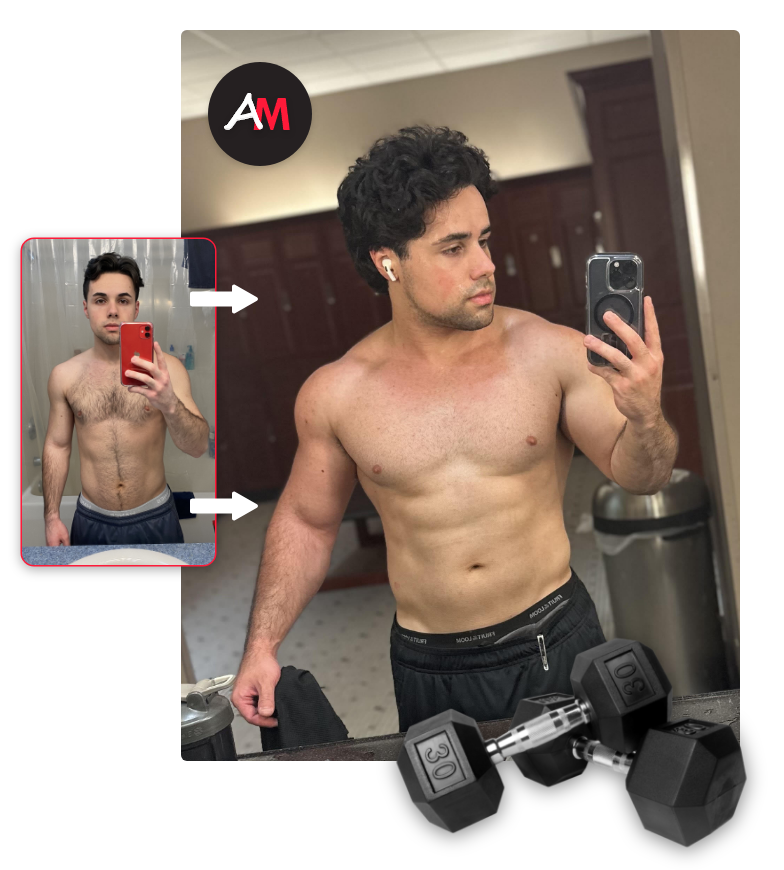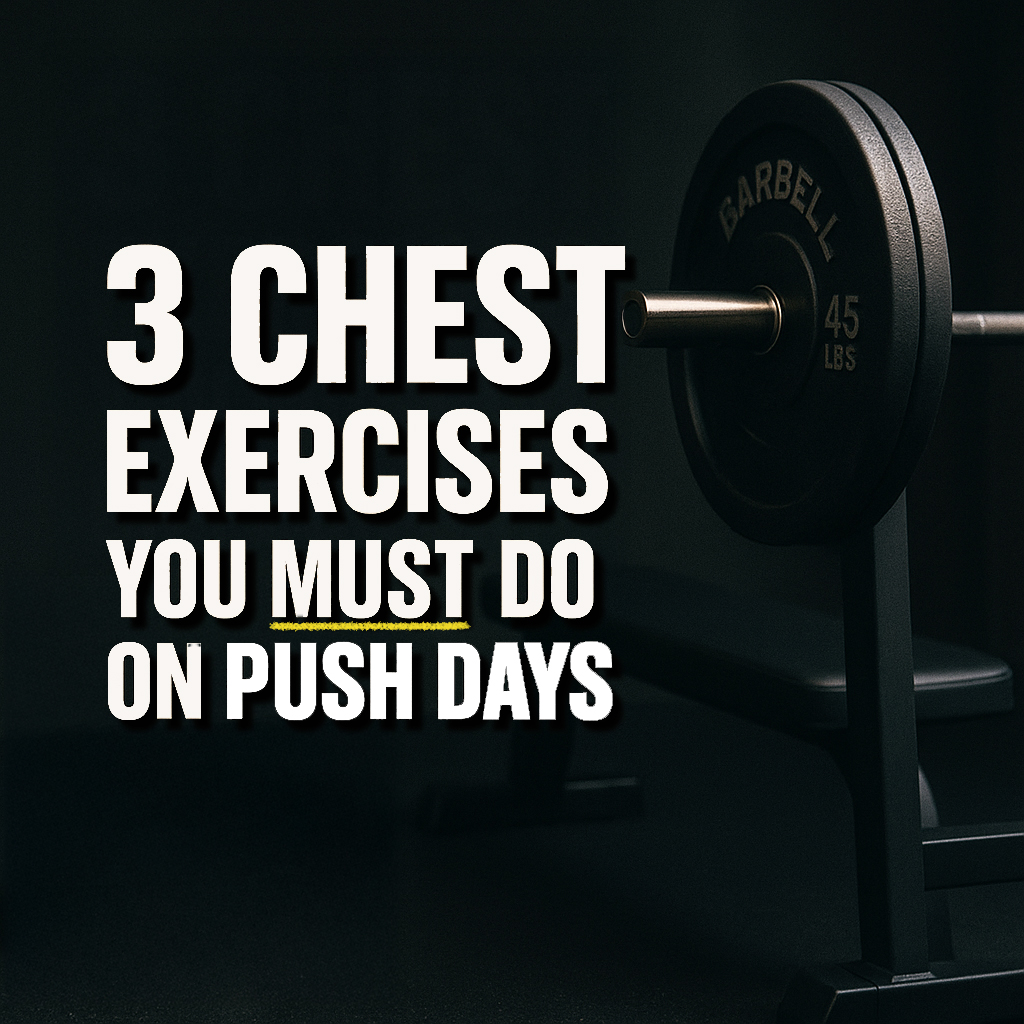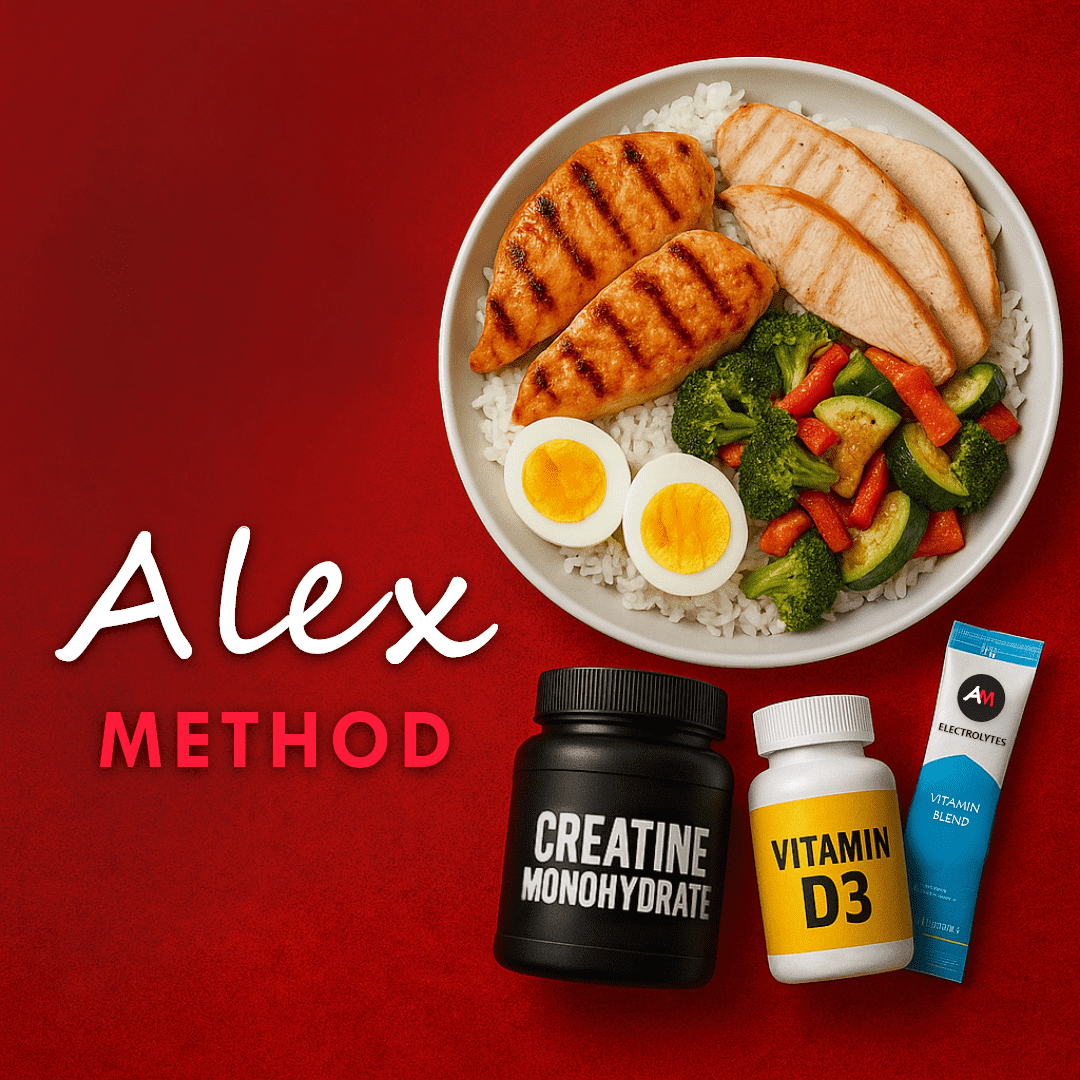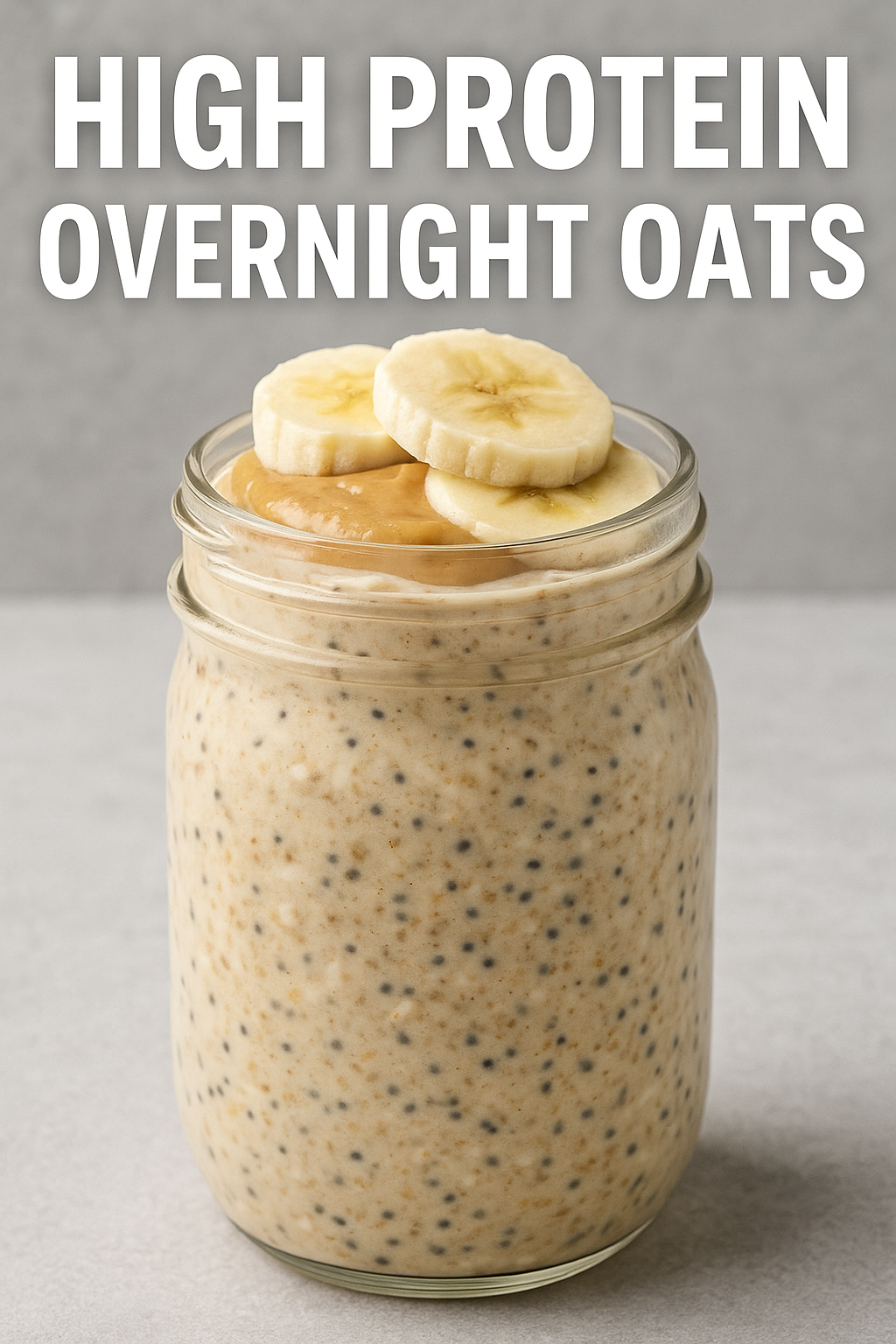Five years ago, I made a decision that would change the trajectory of my life: I committed to taking my fitness and health seriously. At the time, I weighed 130 pounds. I wasn’t obese or extremely unhealthy, but I definitely had that skinny-fat look – low muscle mass, mediocre energy, and no real structure to my diet or training. Fast forward to today, I weigh around 175 pounds, and the difference isn’t just in size – it’s in strength, endurance, mood, energy, and overall well-being. I’ve added over 35 pounds of muscle, completely naturally, and learned a hell of a lot along the way.
But that growth didn’t come without hard lessons.
The Slow Creep of Burnout
For the first three years, I was all in. Consistent workouts, disciplined meals, tracking progress, optimizing macros. I pushed myself with intensity and pride, and for a while, it paid off. My body changed. My mindset got sharper. I developed the discipline and drive that everyone talks about.
Then, slowly, things shifted. My energy started dipping, but not enough to notice day-to-day. My motivation didn’t crash, but it faded. I was still doing the work, but the joy and clarity weren’t there. I became more irritable, foggy, and exhausted. And because it happened gradually, I didn’t even notice how far I had slipped until it hit a breaking point.
That’s when I stepped back. I cut my workouts in half. I relaxed my diet a bit. I let go of some of the rigidity and allowed myself to just exist without all the structure for a while. I didn’t binge junk food or stop caring about my health. I just gave myself room to breathe.
And then something strange happened: I felt better.
Rethinking Nutrition and Recovery
That recovery period gave me the space to evaluate what I was missing. I realized I had outgrown the way I had been training and eating. My needs had changed, but I hadn’t updated my system to match.
So I started learning.
I dove into the biology and chemistry of how the body works. I studied how the brain responds to stress and how mood, sleep, and recovery are all deeply tied to nutrient intake. This opened my eyes to something bigger: the foundation of your health lies at the cellular level. Every organ depends on trillions of cells functioning properly. When your cells are fueled with adequate macronutrients, micronutrients, and antioxidants, they operate more efficiently—supporting tissue repair, hormonal balance, and immune defense. Mitochondrial energy production, nutrient transport, and neurotransmitter regulation all stem from cellular integrity. If those systems are undernourished or inflamed, your body’s ability to perform—physically and mentally—starts to suffer.
That perspective completely reshaped how I approached nutrition.
I started looking at macronutrients not just in terms of hitting daily targets, but in terms of fueling specific physiological systems. Protein for muscle repair, sure—but also carbohydrates for glycogen replenishment, and fats for hormonal support. I gave just as much attention to micronutrients—magnesium, zinc, B-complex vitamins—because they act like switches and catalysts for so many processes you can’t see, but definitely feel.
Before, I was “doing enough” to move forward. Now, I had the tools to break through.
The Missing Piece: Full-System Support
What most people don’t realize is that training hard and eating enough protein isn’t the full equation. If your body isn’t getting the full spectrum of nutrients it needs — if you’re under-consuming carbs, fats, minerals, or vitamins — you are setting yourself up to plateau or burn out.
Rest and recovery aren’t luxuries. They’re requirements. Your nervous system, your endocrine system, your digestive system – they all need nutrients and rest to function properly. The body doesn’t rebuild muscle or regulate hormones during a set of squats. It does that when you’re sleeping, eating, or just letting it recover.
What I Do Differently Now
Now, I track not just my workouts and protein intake, but how I feel—analytically. Every day, I log my mood, mental clarity, digestion, sleep quality, and recovery levels using spreadsheets and digital tools. It’s not lab coat and clipboard stuff, but it is data-driven. Over time, I chart these metrics to identify patterns, weak points, and trends on a weekly and monthly basis. If I start seeing a drop in mood or slower recovery, I’ll correlate that with changes in diet, training load, sleep patterns, or even micronutrient intake.
This level of tracking has helped me move beyond guesswork. I make nutritional adjustments based on actual patterns, not just hunches. I make sure my meals aren’t just macro-friendly but also micronutrient-dense. I no longer treat carbs like the enemy or fat like a guilty pleasure. I treat them like tools — because that’s what they are.
And I allow flexibility. Some days are intense, and some are about healing. Some meals are optimized to the gram, and some are just wholesome and satisfying. I train hard, but I rest hard too.
Why The Alex Method Works
I know all of this probably sounds like a lot. Tracking mood, sleep, macros, micros, energy levels, recovery data—it’s detailed. It took me years to build the habits, the systems, and the understanding that got me to this point. And you might be thinking: I don’t have time for all that. I’ve got a career, a schedule, a life. How am I supposed to become a part-time researcher, nutritionist, and trainer just to feel better?
That’s exactly where I come in. You don’t have to go on your fitness journey alone!
The entire benefit of working with me is that you don’t have to start from scratch or figure it all out on your own. I’ve done the trial and error. I’ve read the research, built the frameworks, tested the strategies. Whether it’s through my content, tools, custom guidelines, or direct consultations and in-person training, I can help you implement the best parts of my system—seamlessly, without the overwhelm.
Take advantage of a free 15 minute consultation to get feedback on your current workout routine, diet, and fitness goals.
This doesn’t have to be a total life overhaul (unless you want it to be). You can adopt just the missing pieces that fit your routine, apply them at your pace, and start seeing change. If you’re ready for progress that actually sticks—physically and mentally—I’ll make sure you’ve got everything you need to succeed.
Let me handle the heavy lifting.
Your job? Just start.





